The holy month of Ramadan has its own customs and traditions in every part of the country. One of these traditions is the foods and delicacies specific to each region, with which the Iftar and Sahari tables get a special color and flavor. The local cuisine of Sistan and Baluchestan has attracted many Iranian tastes because the cooking of these dishes differs from region to region.
The residents of the Sea of Oman have dishes such as Tabahag, Changali, Dogh Pai and Tanurcheh, and the people of Sistan have dishes such as yellow curd, Sistani Abgousht and Lendo.
Tabahag, delicious food of the Baloch people for Sahari

The main food for the holy month of Ramadan, usually served for Sahari, is Tabhag. It is cooked with a mixture of rice and dried meat, and is very tasty and delicious. It also has many fans even among the non-Baloch people of this region.
Pakureh
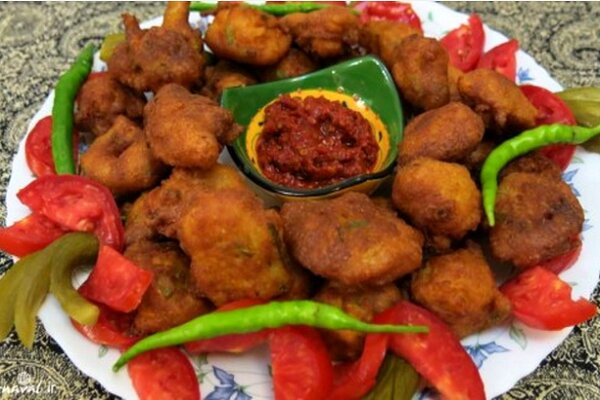
Pakureh is a dish whose original recipe came to Baloch women from Arab countries and Pakistan but they changed it by using their artistic nature to cook a special dish of Baluchestan. The Baloch have been preparing it for centuries and put it on their Sahari and Iftar tables.
Pakureh is prepared by combining and frying different foods such as chicken, onion, potato and spinach. Chicken pakureh is one of the most famous types of pakureh that is usually seen on the table of most Asians.
Changal
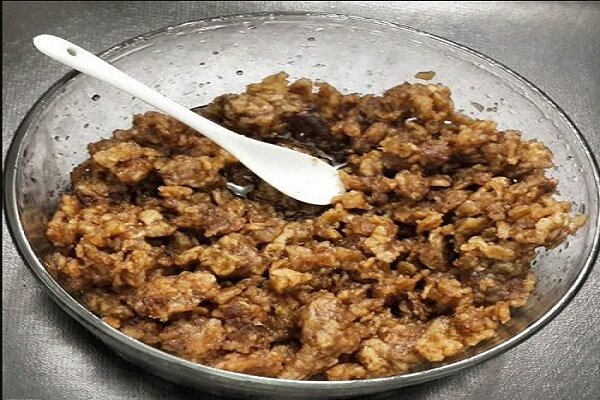
A tasty and energetic food that is prepared using dates and local oil is Changal which is mostly seen in the holy month of Ramadan at the Iftar table. Its raw materials are dates, semi-cooked dough, local animal oil and aromatic additives, which are collected by Baloch women from the mountains. This popular Balochi sweet is also served on regular days but the most consumed time of this delicious sweet is in the holy month of Ramadan, so like Tabahag, this special Balochi sweet has countless fans among the non-Baloch people of the region.
Bat Mash

Bat Mash can be considered as a food for rain, in such a way that in addition to the holy month of Ramadan, it is present on the table of the Baloch people during the rains, and according to the natives of the southern region of Sistan and Baluchestan, it is the best time to eat Bat mash. This completely soft food consists of ingredients like rice, oil, mung beans and aromatic additives.
Boz Ghormeh
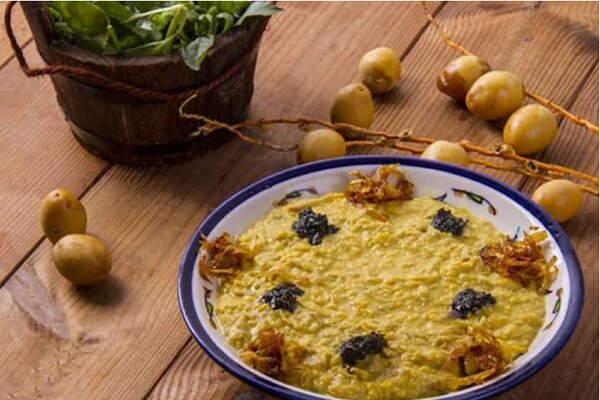
Although Boz Ghormeh is the traditional food of Kerman Province, it is widely used in Sistan and Baluchestan, and especially in Mirjaveh city. This tasty food whose main ingredient is goat meat is usually served during Iftar and Sahari.
Nowruz cuisine in Sistan and Baluchestan
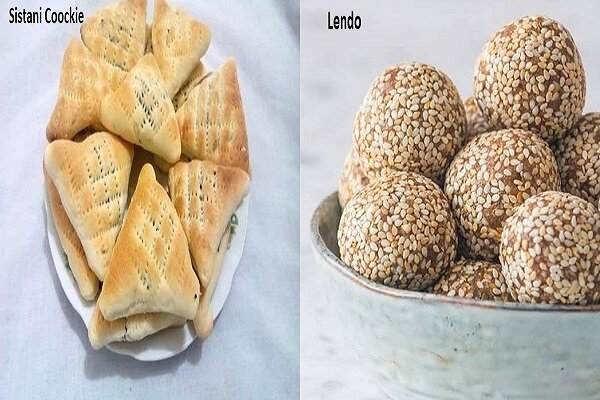
Nowruz foods in Sistan and Baluchestan are mainly in the form of bread cookies and sweets. During these days, the women of the region gather and participate in the preparation of different delicious cookies including Sistani cool cookie endo and Qelifi which are special for these days.
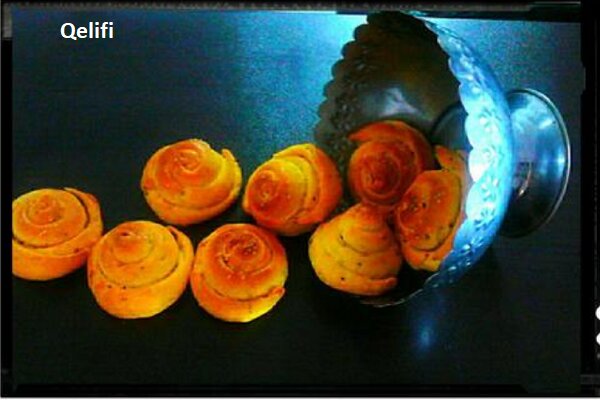
The bread of the year and cookies are among the requirements of the Sistani table. The people of this region regardless of their financial status, put bread and cookies on their tables when the new year is delivered because they believe that on the morning of Eid, Bibi Nowruz visits all the houses and tables.
Tajagi

Tajagi or the Sistani Samanu is a special Nowruz cuisine on every Sistani table. Tajagi is cooked in copper pots with a lid and under the heat of hot ashes without fire. Tajagi is cooked in other months as well, because it is a very nutritious food and is a symbol of vitality, strength, happiness and gratitude for God's blessings.
Nowruz gifts of the Baloch to the people around them
In the days of Nowruz, the people of Sarhad city of Baluchestan by using the milk of the sheep that gave birth for the first time in the same year, make a special curd which they call Nowruz curd. They give this curd as a gift to special acquaintances and loved ones, including the new brides and grooms and the women who are pregnant for the first time as well as the people of the clan who have not been in good terms and now have just reconciled.
Complied by Sareh Khosravi








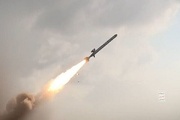

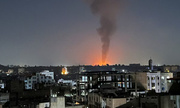








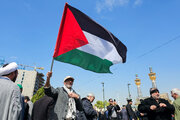
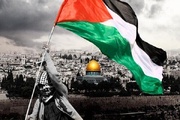
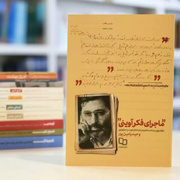
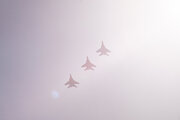

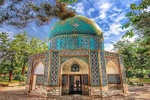
Your Comment